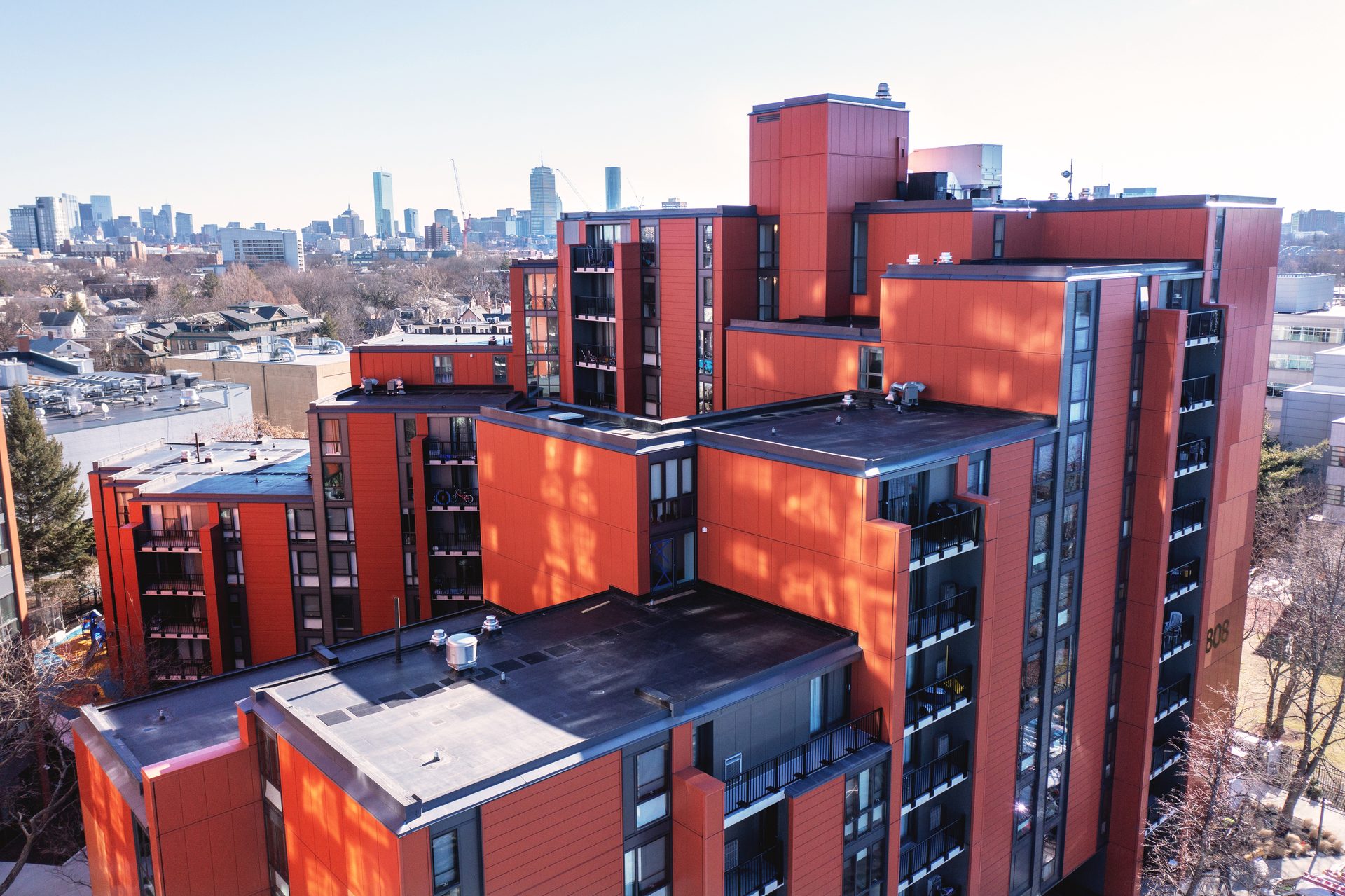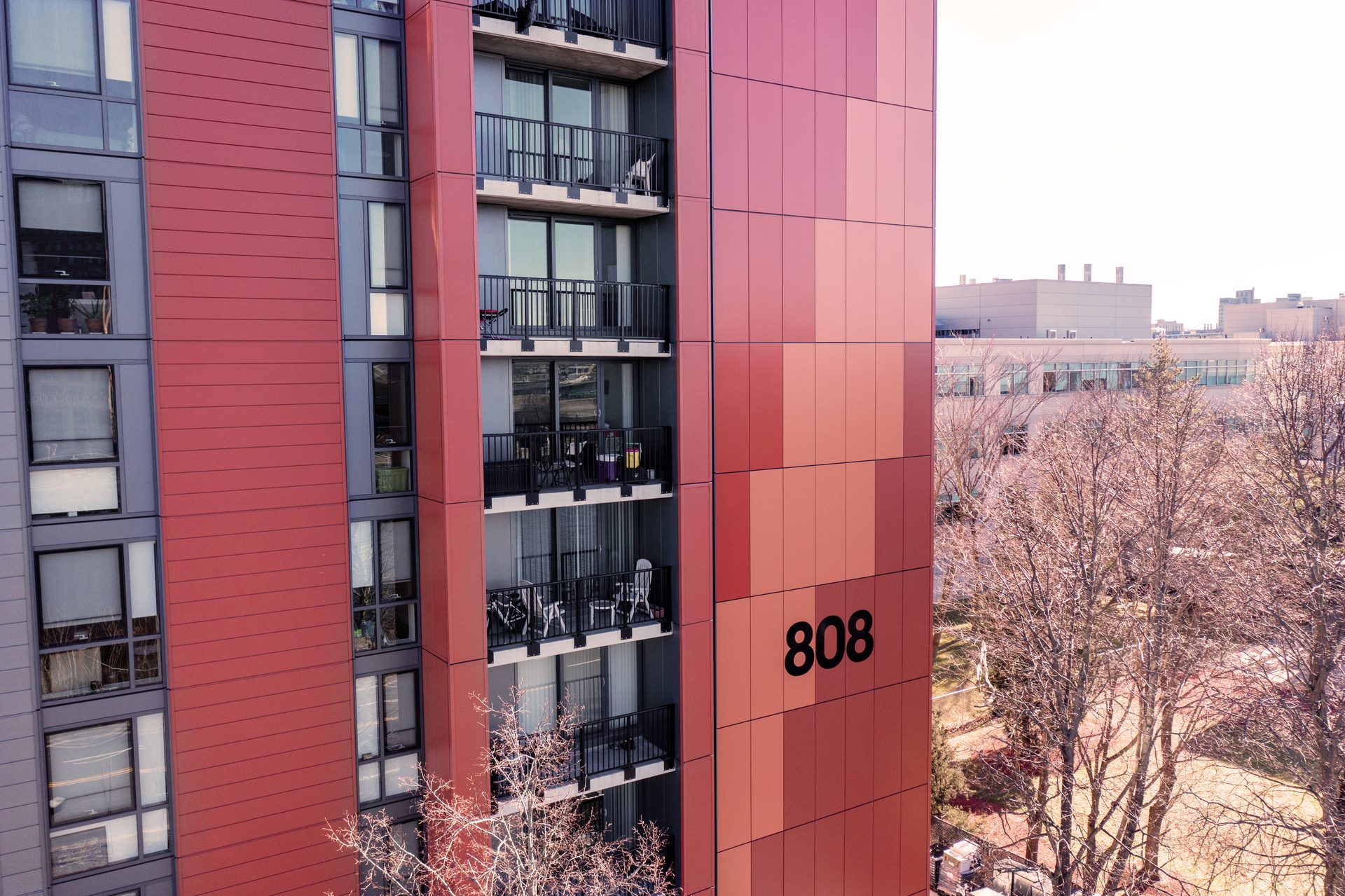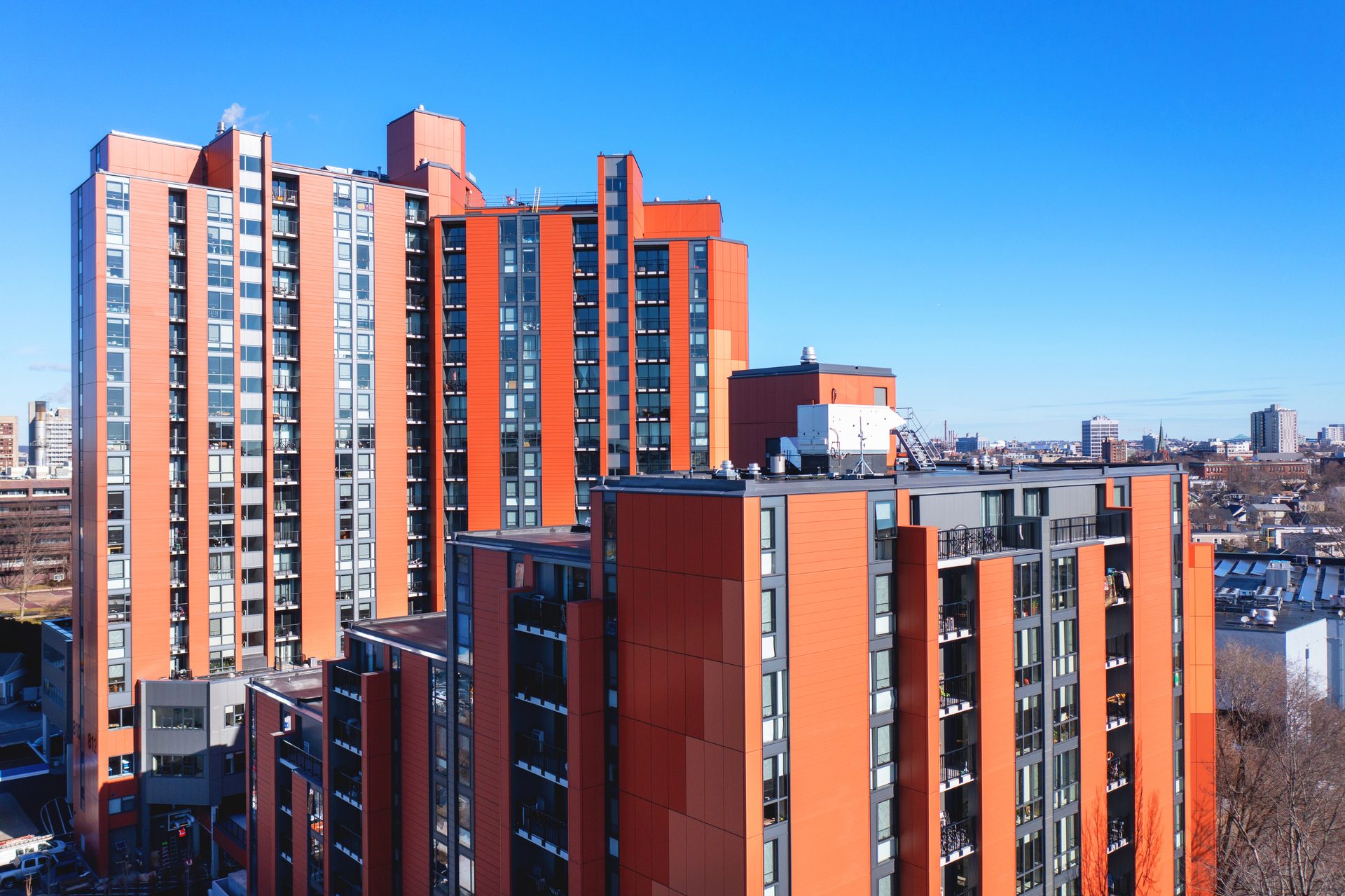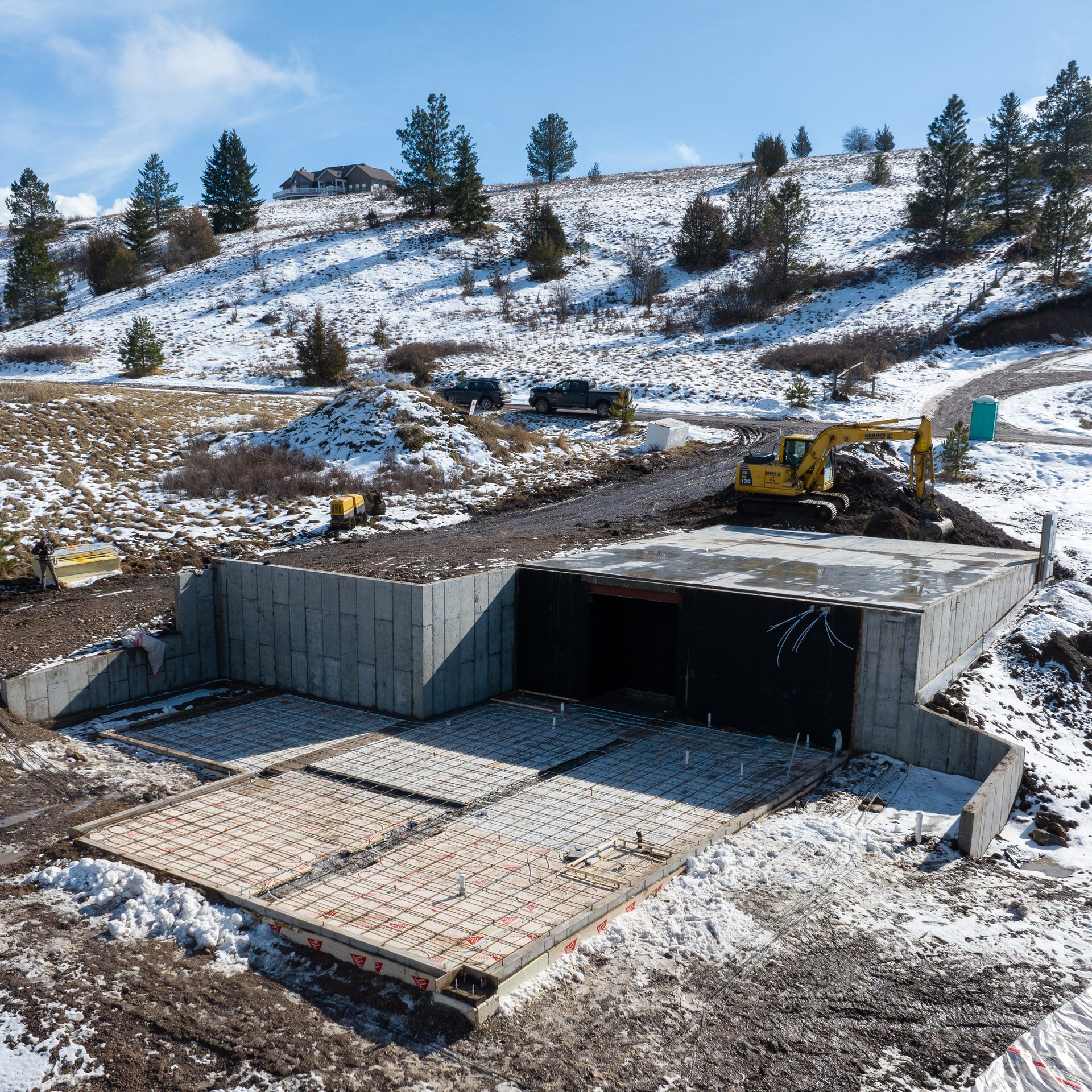All photos courtesy of Kingspan North America.
By Brent Trenga, Director of Sustainability at Kingspan Insulated Panels North America
A new study revealed that U.S. emissions from the built environment have increased by 3% in the last decade - a trend that looks set to continue. Research by 3Keel and Kingspan found that reductions in greenhouse gas (GHG) emissions from buildings are reversing in the U.S.According to the report, the nation’s building stock is “far off track for reaching net zero by 2050, and without major intervention is unlikely to align with such a trajectory in the coming years”. The report stated that over the next twenty years the U.S. must reduce building emissions by an additional 73% to align with the country’s net zero scenario.
The research pointed to retrofitting, the modification of existing structures to improve energy efficiency and decrease energy demand, as a needed intervention to reduce GHG emissions generated by the country’s aging building stock. The average age of U.S. commercial buildings in 2022 was approximately 53 years and as of 2021, the average age of residential homes was approximately 40 years.
Retrofitting existing buildings offers significant opportunities for meeting climate targets while also spurring job creation, reducing social inequality, and improving health and quality of living. However, the study identified barriers preventing rapid and widespread implementation of retrofitting including insufficient private investment, an inadequately sized and skilled workforce, and limited awareness among citizens and building owners.
According to the research, the five key elements central to delivering a successful retrofitting framework are setting net zero building performance standards, developing a national retrofit plan, providing financial incentives and support, upskilling the workforce and scaling the supply chain, and promoting best practice and data transparency.

Urgent Need for Retrofitting
The built environment is responsible for about 42% of annual global CO2 emissions. That carbon footprint increases with every new build. It is estimated that from 2020 to 2060, the world will add about 2.6 trillion ft2 of new floor area to the global building stock, the equivalent of adding an entire New York City to the world, every month, for 40 years. Additionally, three-quarters of the infrastructure that will exist in 2050 has yet to be built.
It can take between 10 and 80 years for a new, energy-efficient building to overcome the negative climate change impacts created during the construction process. That points to reusing buildings and retrofitting as a viable pathway to net zero. According to research by JLL, in the global north, retrofitting rates need to triple from barely 1% today to at least 3% of existing buildings per year to meet decarbonization targets.
The human made carbon emissions that are fueling climate change demonstrate the urgency of stepping up retrofit projects in the U.S. to reduce these emissions.
The recently released Fifth National Climate Assessment finds that the impacts of weather extremes—exacerbated by climate change—are already affecting the American people in far-reaching ways. Precipitation patterns are changing, sea level is rising, the oceans are becoming more acidic, and the frequency and intensity of some extreme weather events are increasing.
According to this report, U.S. average temperature has increased by 1.3°F to 1.9°F since 1895, and most of this increase has occurred since 1970. Temperatures are projected to rise another 2°F to 4°F in most areas of the United States over the next few decades.
Importance of Building Retrofits for Reducing CO2 Emissions
One of the biggest impacts of retrofit projects is the avoidance of much of the embodied carbon emissions (the carbon emissions released during the lifecycle of building materials)
that are generated by the construction of new buildings. Data from the Institute for Market Transformation revealed that retrofitting buildings can save between 50-75% of a building’s embodied carbon.
Retrofit projects also reduce a building’s operational carbon—the amount of carbon emitted during the operational or in-use phase of a building. Upgrading the building envelope is a key retrofit strategy for decreasing operational carbon and improving energy efficiency. High performance building envelope solutions like insulated metal panels (IMPs) improve a building’s energy performance by preventing heat transfer and energy loss. IMPs, which can have thermal resistance ratings of upwards of over R-8 per inch, help deliver immediate reductions in energy use and GHG emissions that help aging buildings become more climate friendly.
Some of the other retrofit strategies designed to reduce operational carbon and increase sustainability in buildings include integrating eco-friendly materials, energy efficient lighting and renewable energy.


